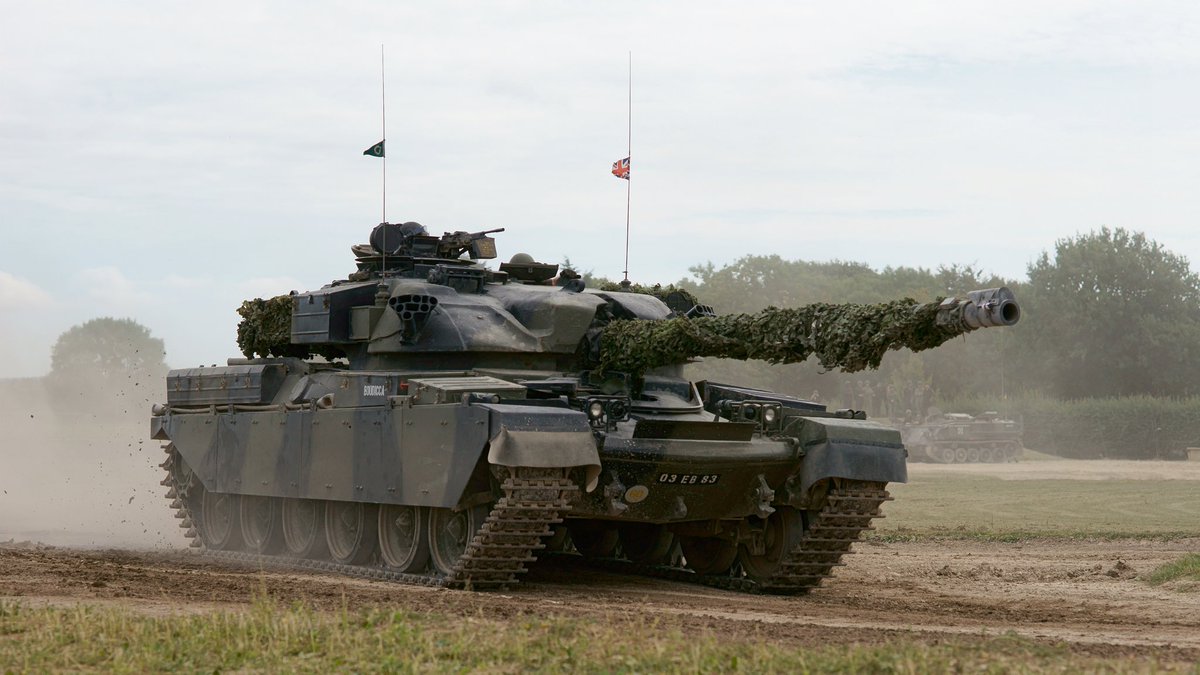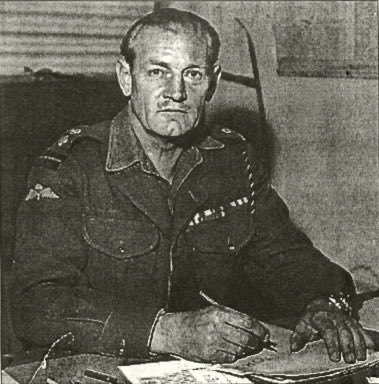- STEEL GIANTS -
🇷🇺 The T-62 🧵
The T-62 is a Soviet main battle tank that was first introduced in 1961. As a further development of the T-55 series #svagaiature #Tank #Russia #UkraineRussiaWar #t62 #UkraineUnderAttack #UkraineInvasion #tech #History #Thread #TankMuseum (1/13)
🇷🇺 The T-62 🧵
The T-62 is a Soviet main battle tank that was first introduced in 1961. As a further development of the T-55 series #svagaiature #Tank #Russia #UkraineRussiaWar #t62 #UkraineUnderAttack #UkraineInvasion #tech #History #Thread #TankMuseum (1/13)

By the late 1950s, Soviet commanders realised that the T-55's 100 mm gun was incapable of penetrating the frontal armour of newer Western tanks, such as the Centurion and M48 Patton, with standard armour-piercing shells (2/13) 

It was decided to up-gun the T-55 with a 115 mm smoothbore cannon, capable of firing APFSDS rounds. Experimental trials showed that the T-55 was inherently unsuited to mount the larger new cannon, and work therefore began on a new tank. (3/13)
The T-62 has a typical tank layout: driver's compartment at the front, fighting compartment in the center and engine compartment in the rear. The four-man crew consists of the commander, driver, gunner and loader (4/13) 

The T-62 was armed with the world's first smoothbore tank gun, giving it considerably greater muzzle velocity than the Western 90 mm and 105 mm tank guns of its time. (5/13) 

The tank carries 40 rounds for the main gun. 4 rounds are placed in the turret, the rest are stored in the back of the fighting compartment and in the front of the hull, to the right of the driver. (6/13)
One of the many similarities between the T-54/T-55 and T-62 tanks is their ability to create a smoke screen by injecting diesel fuel into the exhaust system. Like the T-54 and T-55, the T-62 has an unditching beam mounted at the rear of the hull. (7/13) 

The tank can be fitted with a thin snorkel for operational usage and a large diameter snorkel for training. The thin snorkel can be disassembled and carried in the back of the turret when not used (8/13) 

While the T-62 did not feature an automatic loader, it had a unique "ejection port" built into the back of the turret, which would open as the main gun recoiled, ejecting spent shell casings outside. (9/13)
This was considered advantageous since the spent casings would otherwise clutter the floor of the tank and fill the interior with noxious burnt-propellant fumes (10/13)
The T-62 shares some of the T-55's limitations: a cramped crew compartment, limited depression of the main gun and vulnerable fuel and ammunition storage areas. Each time the gun is fired, the tube must go into detent for cartridge ejection (11/13) 

The T-62 according to most military experts became obsolete soon after is introduction due to the birth of the Chieftain and the M60 in the West which were equipped with more advanced technology (12/13) 



In May 2022 Russia started deploying old T-62 from storage onto the Ukrainian battlefield, marking the thank’s 61st year of service (13/13) 

• • •
Missing some Tweet in this thread? You can try to
force a refresh















